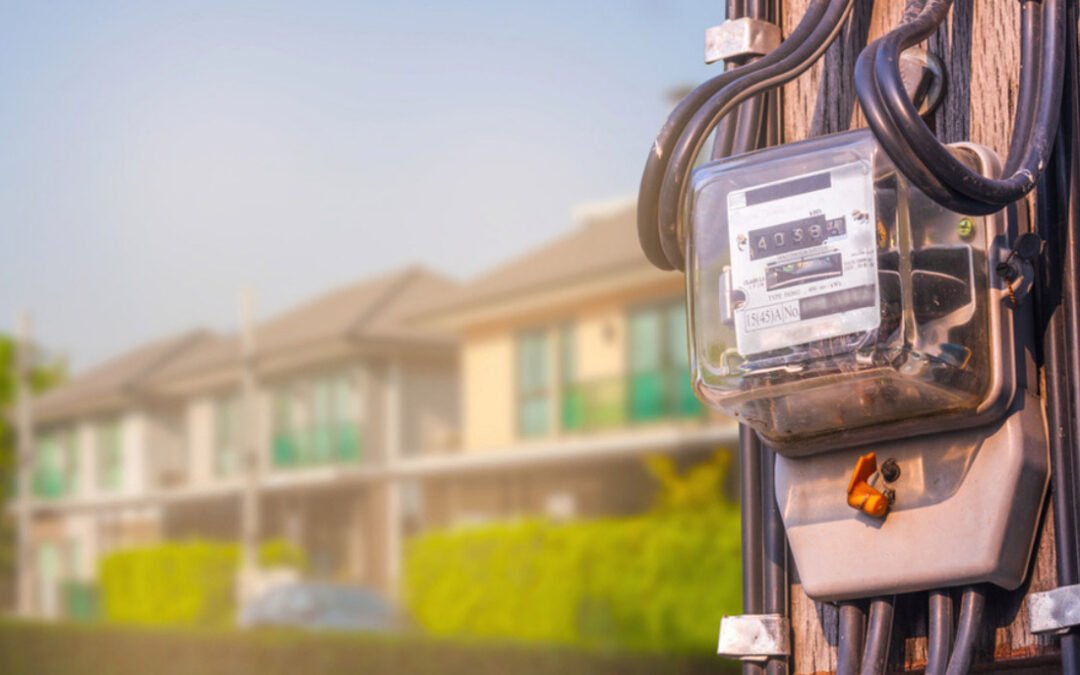Read in : தமிழ்
If Tamil Nadu aims to achieve double-digit economic growth in a sustained manner, the state needs to reform core economic infrastructure sectors like power to break free from its current corrupt practices, the power tariff hike and decades of mis-governance. Case in point is the Tamil Nadu Generation and Distribution Corporation Ltd (Tangedcco), one of the lowest rated discoms in the country with defaulting consumers.
The Tamil Nadu Electricity Department’s total loss was Rs18,954 crore in 2011-2012. During the last decade, it increased to Rs94,312 crore. As on end of March 2022, the accumulated loss was Rs1,13,266 crore. More importantly, the total debt of the Electricity Department was Rs43,493 crore in 2011-12. It increased three-fold to Rs 1,59,823 crore in 2021-22. This amounts to 5% of the state’s GDP.
The Department’s interest payments on loans increased from Rs4,588 crore in 2011-22 to Rs16,511 crore in 2020-21, which is an increase of 259% over a decade. Further, due to prolonged delays in new power capital investment projects during the last decade, the interest payment during construction has increased to Rs12,647 crore. A reason for ballooning of debt is the delay in completing power plant projects.
The current tariff hike will not necessarily help to overcome the state’s Electricity Department losses and debts.
If reforms are not pursued to meet the changing supply and demand scenario in the regional economy, the state will lose its competitive advantages over its neighbours. Karnataka and Andhra Pradesh are moving far ahead even within the region, by taking many market-relevant reforms and steps to become the most competitive economies in the country.
Tamil Nadu’s state power sector is on the verge of bankruptcy, and that is why the state government has announced the hike in the power tariff after eight years.
Also Read:
Power tariff hike should spur decentralised rooftop solar power in Tamil Nadu
‘How DMK govt is to be blamed for power cuts, not Delhi’
The important aspects missing in most media reports are:
1. The Union Government’s Power Ministry had written to the Tamil Nadu government over 28 times insisting upon restructuring of power tariffs and warned that the state would not get the centre’s power subsidy (Rs10,793 crore) without reducing Tangedco’s debt
2. Lending institutions were declining loans to Tangedco. Further, the Union Government had written to the Reserve Bank of India to stop extending loans to Tamil Nadu’s public sector undertakings including Tangedco
3. Without reforms in the power sector, the state is unable to get financial support (0.5% additional borrowing) from the Union Government under the Atma Nirbhar Bharat scheme. Rs30,230 crore was allocated for the state but because it has not undertaken reforms, Rs3,435 crore was not released by the Centre.
4. After restructuring the state power sector under the UDAY scheme, Tamil Nadu benefited by getting Rs22,815 crore during the year 2017-18 to 2020-21.
5. Tangedco’s recent attempts to get an extension for implementing new emission standards for coal-based power plants (15 units) till December 2024 have been rejected by the Central Pollution Control Board’s Task Force for Categorisation of Power Plants.
The Centre has written to the RBi to stop extending loans to Tamil Nadu’s public sector undertakings including Tangedco
The state Electricity Department says the tariffs in Tamil Nadu are the lowest compared to its southern neighbours — Andhra Pradesh, Kerala, and Karnataka. However, the Aggregate Technical & Commercial (AT&C) losses incurred every year are the highest in Tamil Nadu (18%) as compared to Andhra Pradesh (12%), Kerala (10%), and Karnataka (14%). Other major states like Gujarat (14.58%), Rajasthan (14%), Uttar Pradesh (15%) Haryana (15%), Delhi (12%), Maharashtra (14%), and Madhya Pradesh (15%) too rank lower than Tamil Nadu.
Further, the state has not adhered to norms and guidelines while collecting data and calculating AT&C losses accurately as per the methodology prescribed by Central Electricity Authority. The cost of power production was also changed over a period of time but the regulatory policies were not changed with tariffs in a phased manner. This would have been a better method to arrest inefficiencies in the system and ensure reduction of cost escalation measures. Like other states, all free electricity connections should be changed to smart metering to reduce leakages.
Therefore, given the range of problems facing the Department and Tangedco, the current tariff hike will not necessarily help to overcome the state’s Electricity Department losses and debts. However, it is a corrective step to strengthen the dysfunctional system.
(The author is an economist and public policy expert)
Read in : தமிழ்











